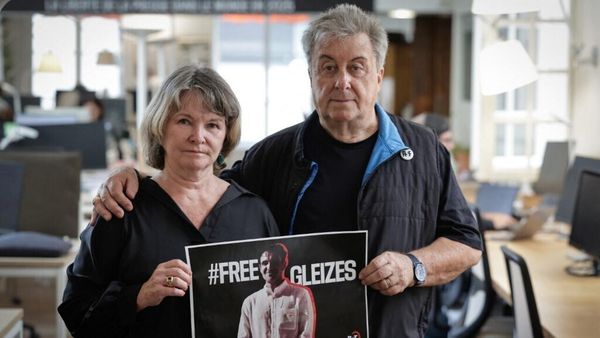
Nearly one-third of all children who experience family and domestic violence have a disability, according to new research released this morning, with children with disabilities exposed to violence at double the rate compared to children without disabilities.
The impacts are immense: there’s up to a year-long wait for support services, with families struggling to find accessible housing or use disability support services while in crisis. Australia’s child protection system is fractured and outdated, experts say, with a focus on reporting and removing children from their homes rather than addressing underlying issues.
A fractured, outdated system
Researchers analysed data from more than half a million children in Western Australia, finding 16% of children identified as having a disability. Rates were higher for boys at 18%, compared with 13% for girls, while 22% of Aboriginal and Torres Strait Islander children in the cohort had disabilities. More than a third of children with disabilities exposed to family and domestic violence were First Nations or lived in regional and remote areas.
Researchers examined police and hospital reports to determine rates of violence. Children with disabilities were twice as likely to have a mother hospitalised due to family and domestic violence assault at 8%, compared to 4%. Of children whose mothers were hospitalised for assault, 29% were children with disability.
ANROWS CEO Padma Raman told Crikey the data showed the “intersecting nature of disadvantage”. But, she stressed, the data was just the tip of the iceberg.
“It doesn’t tell us the whole picture because it’s reporting physical violence through relying on police records, and hospitalisation records,” she said, adding family and domestic violence can also be coercive and emotional.
Accessing support is incredibly difficult for families exposed to violence, with 60% of women separating from their partners experiencing housing stress. For families with disabilities, finding emergency accessible housing was near impossible.
“One thing that kept coming through was the complexity and systems,” Raman said, especially when coupled with the National Disability Insurance Scheme (NDIS).
NDIS funding can consist of home modifications such as ramps for those with physical disabilities or climate control systems for those with sensory issues, along with day programs and transport. Trying to move those supports while in crisis, Raman said, was very hard to navigate given the services “don’t talk to each other”.
“Mothers experiencing violence are relied upon to be the sole advocates for their children in a very complex system. It shouldn’t fall on them or indeed the shoulders of individual practitioners,” she said.
The impacts are huge: children exposed to family or domestic violence are more likely to become either victims again or perpetrators — one study found 89% of young people who used family violence had themselves been victims of child abuse.
“We need to be fixing the problem by linking children with the right support services,” Raman said.
“Otherwise, we’re never going to stop that intergenerational trauma link.”
Children ‘falling through the cracks’
Social departments are often aware of children in harm’s way, with high rates of reporting children exposed to family and domestic violence. But an understaffed and underfunded system means few are given the support they need.
Between 2020 and 2021, child protection departments investigated 192,100 reports of abuse and neglect across the country. But that’s just 36% of the 531,900 total reports received.
It’s a similar story in NSW where the Department of Communities and Justice made face-to-face visits with just 29% of children reported to be at risk of significant harm in 2018-2019, prior to COVID-19.
Senior honorary research fellow in social work and social policy at the University of Western Australia Professor Maria Harries told Crikey that children were falling through the cracks.
“The reality is that a number of parents with children with disabilities have found themselves having to have their children placed in the care system so that the children can be cared for, simply because they do not have the wherewithal to provide for them,” she said.
The largest number of children who come into child protection were from disadvantaged communities or homes with drug use, mental illness or disabilities. But rather than dealing with poverty, intergenerational trauma or health issues, departments had a forensic focus to decide whether a child should be removed from the home or not, she said.
“We say child protection is everyone’s business. But what that has meant is that reporting child protection is everyone’s business. It hasn’t meant that protecting children is everyone’s business.”
Survivors of abuse can find support by calling Bravehearts at 1800 272 831 or the Blue Knot Foundation at 1300 657 380. The Kids Helpline is 1800 55 1800. In an emergency, call 000.
If you or someone you know is affected by sexual assault or violence, call 1800RESPECT on 1800 737 732 or visit 1800RESPECT.org.au. In an emergency, call 000.







